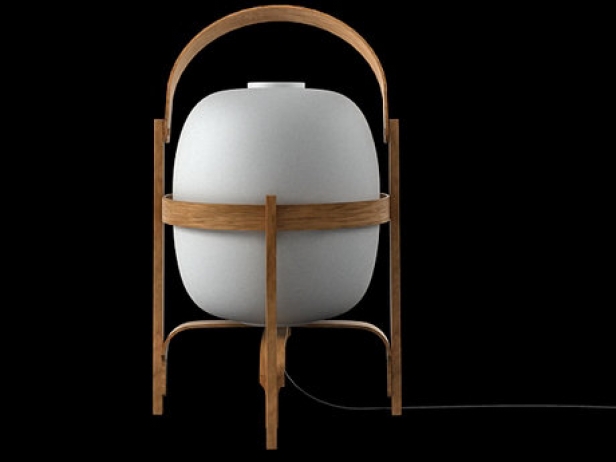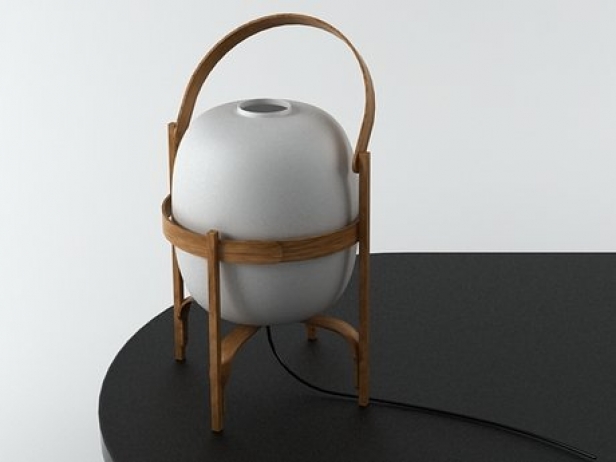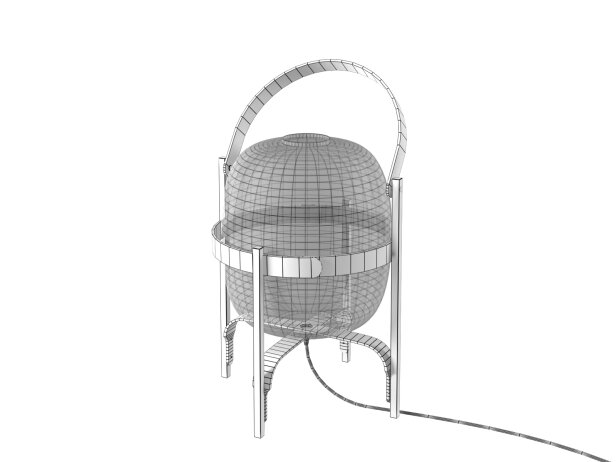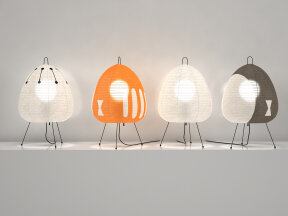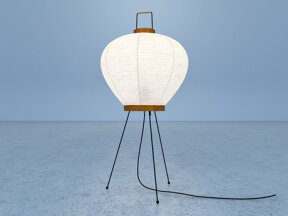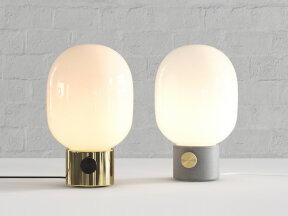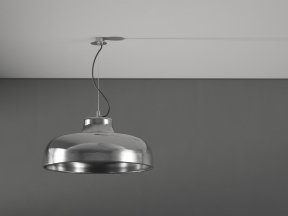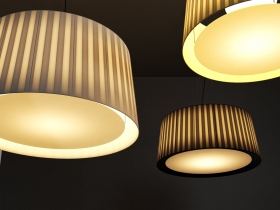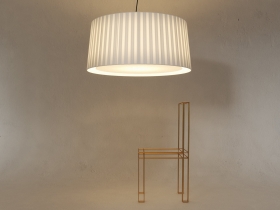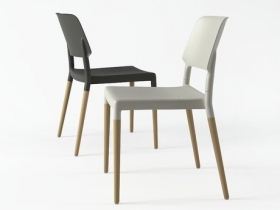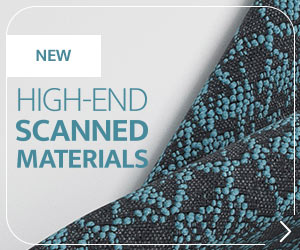| Extension | Size | Supported version | Supported renderers | Format description?Compatibility |
|---|---|---|---|---|
| .max | 684.38 kB | 3ds MAX 2016 or above |
|
All Design Connected 3d models are originally created in 3ds Max 2016 and V-Ray renderer. We use in-house developed automation tools to convert our models to support other renderers like Mental Ray, Built-in Scanline, Corona and Maxwell, with MXM and MXS files included. All Design Connected 3d models are originally created in 3ds Max 2016 and V-Ray renderer. We use in-house developed automation tools to convert our models to support other renderers like Mental Ray, Built-in Scanline, Corona and Maxwell, with MXM and MXS files included. Files units are centimeters and all models are accurately scaled to represent real-life object's dimensions. The model comes as a single editable mesh or poly object (or as group for rigged models or where displace modifier has been used) properly named and positioned in the center of coordinate system. No lights, cameras and render/scene setup are included unless otherwise stated in the particular model’s description. |
| Extension | Size | Supported version | Supported renderers | Format description?Compatibility |
|---|---|---|---|---|
| .c4d | 1.22 MB | Cinema 4D R16 or above |
|
All Design Connected 3d models are originally created in 3ds Max and for V-Ray renderer. Our in-house team of 3d artists handle all further conversions and adaptations to deliver best possible visual and technical quality of the Cinema 4D content we offer. All Design Connected 3d models are originally created in 3ds Max and for V-Ray renderer. Our in-house team of 3d artists handle all further conversions and adaptations to deliver best possible visual and technical quality of the Cinema 4D content we offer. Files units are centimeters and all models are accurately scaled to represent real-life object's dimensions. The model comes as a single editable object (or as a group when necessary) properly named and positioned in the center of coordinate system. No lights, cameras and render/scene setup are included unless otherwise stated in the particular model's description. |
| Extension | Size | Supported version | Supported renderers | Format description?Compatibility |
|---|---|---|---|---|
| .skp | 984.90 kB | SketchUp 8 or above |
|
SketchUp file format with basic materials and textures. |
| Extension | Size | Supported version | Supported renderers | Format description?Compatibility |
|---|---|---|---|---|
| .fbx and .obj | 1.28 MB |
|
OBJ an FBX files with diffuse colors and textures.
|
|
| Extension | Size | Supported version | Supported renderers | Format description?Compatibility |
|---|---|---|---|---|
| .aof | 437.21 kB |
|
Abvent Artlantis file format with materials, proper shaders and textures.
|
|
One purchase gives access to all file formats available. By default only .max file format is selected for download.
During the checkout process and before downloading a model you will see a list of available file formats to make your selection.
You can download at no cost all additional file formats needed at any time from "Downloads" page in your Account.
Product description
The Cesta, a magic lantern created by well-known designer Miguel Milá, consists of a cherry wood structure and an inner ball of light. Its oval volume and handle make it equally ideal for table tops and the floor.
In the mid-sixties, the Cesta's supporting structure was made of Manila cane and the ball of light was made of plastic. Santa & Cole dignified and updated it after 1996, using heat-curved cherry wood and an opal crystal ball which enclosed the bulb, and adding a dimmer which allowed adjustment of light intensity.
It is a lamp with a sense of nostalgia, which is proving even more attractive for the newer generations. It is reminiscent of the style of lantern which hung on coastal houses as a signal for the returning sailors, and which was also found in country houses and terraces open to the dark nights of 1970s Spain. Today, it is a classic lantern found in houses with a wide range of décors, and bears the characteristic stamp of its designer Miguel Milá.
Like a Chinese lantern or portable torch, it would not be out of place in the Japanese palaces of the Edo period, with its careful modulation of light and shadow. The attention to detail is reflected in the fact that not a single screw is visible, and that a wooden pin enables the handle to be turned and prevents it escaping from its guide, with the result that all the materials employed for the mechanism are wood.
Year of design: 1964





